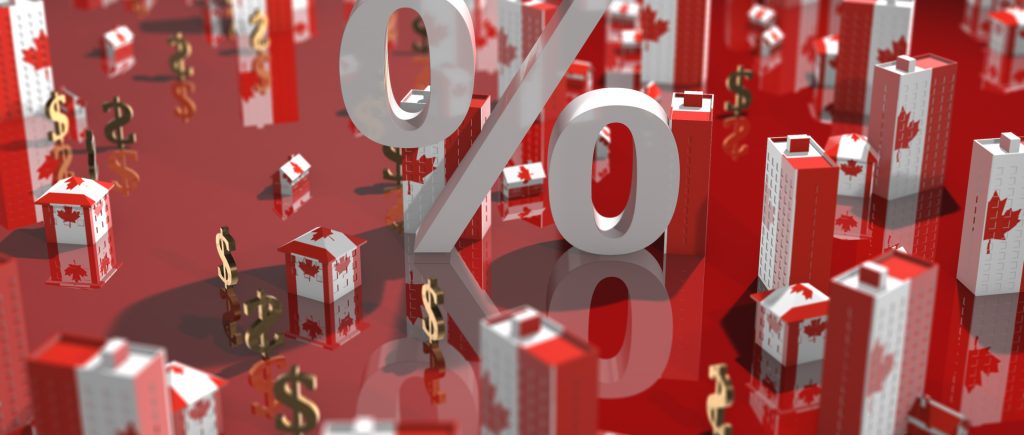The Canadian Dollar experienced a significant downturn on Thursday, shedding over 0.7% against the US Dollar and marking its fifth consecutive day of losses. This decline propelled the USD/CAD exchange rate to 1.440, a level not seen since early February, signaling growing market unease. The primary catalyst for this volatility is the resurgence of trade tensions, specifically renewed threats from former US President Donald Trump to impose substantial tariffs on Canadian goods.
President Trump has indicated a proposed start date of March 4th for a 25% tariff on Canadian imports. Furthermore, he has outlined plans for “reciprocal tariffs” to be implemented on April 2nd. The former president’s justification for these measures centers on claims that Canada is not adequately addressing the flow of fentanyl into the United States. However, this assertion is countered by data indicating that less than 1% of fentanyl seized by US officials originates from the US-Canada border.
In response to these threats, Canadian Prime Minister Justin Trudeau has reiterated Canada’s readiness to implement retaliatory tariffs. This stance sets the stage for a potential trade dispute that could further destabilize the Canadian Dollar. Beyond the immediate impact of tariff threats, broader economic concerns are also contributing to market volatility. Recent US economic data has pointed to a potential slowdown, coupled with rising inflation pressures, compounding the uncertainty surrounding the economic outlook.
Consequently, the Canadian Dollar’s weakness is expected to persist, potentially driving the USD/CAD pair towards the 1.4500 level. The confluence of trade tensions and economic anxieties has created a challenging environment for the Canadian currency, and market participants are closely monitoring developments for further indications of the direction of this important currency pair.

 Noor Trends News, Technical Analysis, Educational Tools and Recommendations
Noor Trends News, Technical Analysis, Educational Tools and Recommendations




